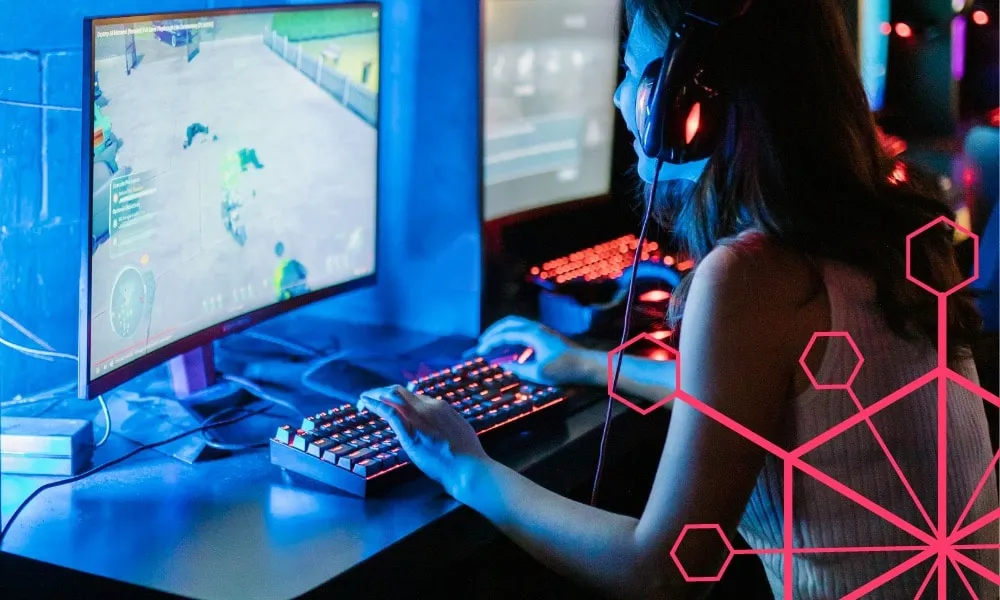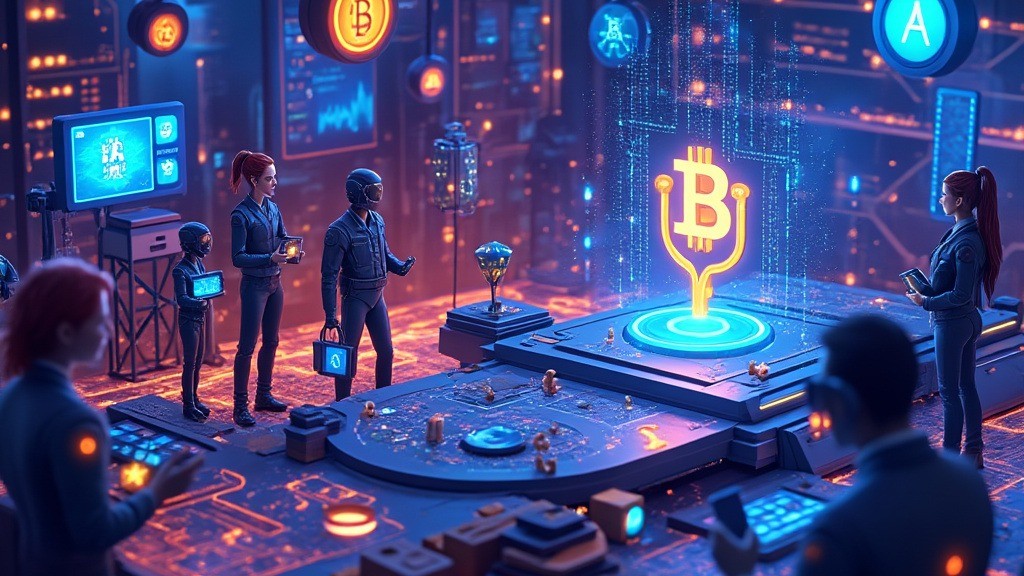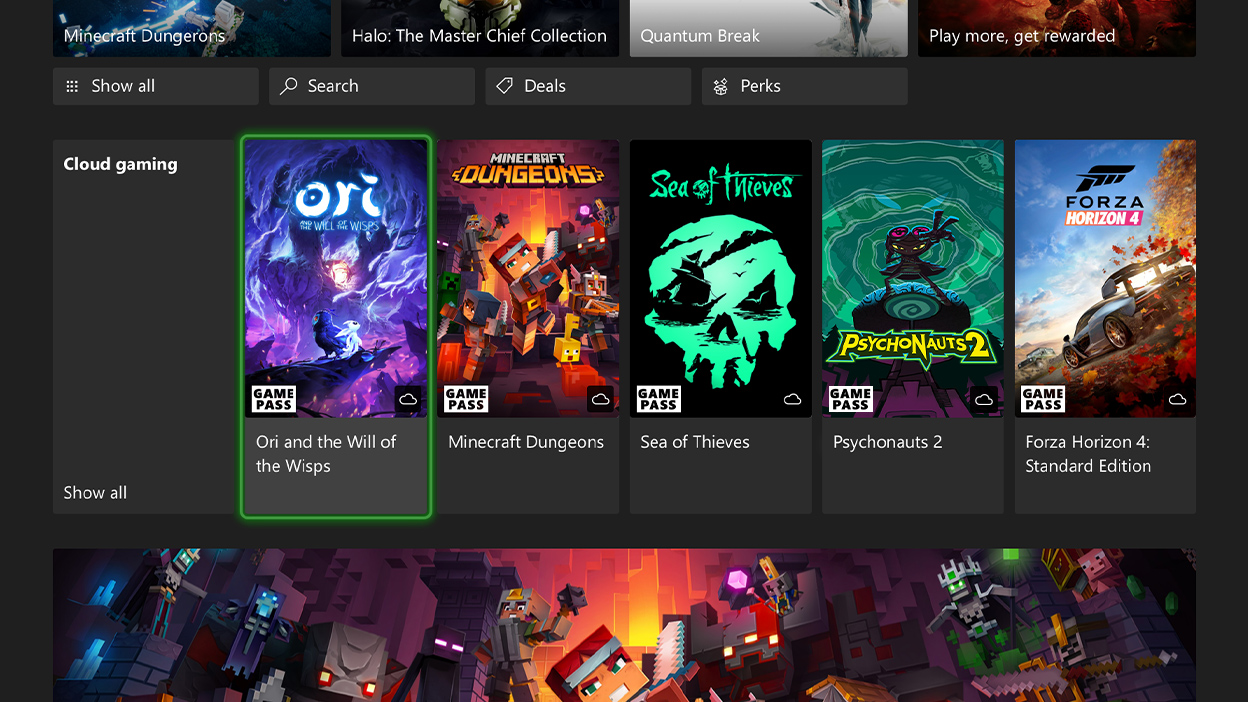Introduction
Over the last decade, the free-to-play (F2P) model has completely taken over the gaming world. Whether it’s Clash of Clans, Call of Duty: Mobile, or PUBG, millions of players across India and globally enjoy top-quality games for free—only spending on cosmetics or in-game boosts.
But now, there’s a new contender: Web3 gaming.
These blockchain-powered games promise real ownership, play-to-earn mechanics, NFTs, and decentralized economies. In 2025, the debate between F2P and Web3 is more heated than ever.
So… which model is here to stay? And what does the future of gaming really look like?
Let’s break down both sides.
🎮 What Is Free-to-Play (F2P) Gaming?
Free-to-play refers to games that are completely free to download and start playing, with optional in-game purchases for:
- Skins
- Battle passes
- Extra lives
- Power-ups
- Premium characters
🔧 Monetization in F2P:
- Microtransactions (₹50–₹500 per item)
- Ad-based revenue
- Subscription passes
- Loot boxes or gacha systems
📱 Popular F2P Games:
- PUBG Mobile
- Free Fire
- Clash Royale
- Call of Duty Mobile
- Among Us
- BGMI
🌐 What Is Web3 Gaming?
Web3 games are built on blockchain technology, allowing players to:
- Own their in-game items as NFTs
- Earn cryptocurrency by playing
- Trade or sell game assets on marketplaces
- Participate in game governance (DAOs)
🔧 Key Features of Web3 Games:
- Play-to-earn (P2E) or Play-and-earn
- Token economies
- NFT-based ownership
- Interoperability (items work across games)
- Decentralized control
🌟 Popular Web3 Games:
- Axie Infinity
- Gods Unchained
- Star Atlas
- Big Time
- The Sandbox
- Illuvium
🆚 Free-to-Play vs Web3: Side-by-Side Comparison
| Feature | Free-to-Play (F2P) | Web3 Gaming |
|---|---|---|
| Entry Cost | ₹0 (Free) | Often requires NFT or token buy-in |
| Ownership | Game company owns items | Players own NFTs & tokens |
| Earning Potential | Limited (streaming or tournaments) | Direct crypto earnings possible |
| Monetization | Ads, skins, passes | NFTs, tokens, staking |
| Interoperability | Closed ecosystems | Cross-game possibilities (Web3) |
| Regulation | Controlled & licensed | Decentralized, less regulation |
| Trust Level | High (brands like Tencent, EA) | Mixed (many scams + innovation) |
💰 Monetization: F2P vs Web3
💵 F2P: Pay for Experience
F2P makes money when players pay for faster progression, premium cosmetics, or battle passes. But most players don’t earn money back.
For example:
- A player spends ₹2,000/month on skins, but owns nothing at the end.
🪙 Web3: Earn and Own
Web3 allows players to:
- Earn in-game currency (crypto)
- Trade NFTs or characters
- Sell assets for real money
Players can exit with profits, not just memories.
🇮🇳 The Indian Context
🎯 Why F2P Dominates:
- Accessible on low-end smartphones
- Zero barrier to entry
- Popular among young users with limited income
- Games are in Hindi, Bengali, Tamil, etc.
🚀 Web3 Adoption Is Growing:
- Crypto awareness is rising
- Young Indian gamers want earning opportunities
- Play-to-earn platforms like 1BitPlay, Zed Run, and Meta Cricket League are gaining traction
🌍 Web3’s Global Impact on Gaming
🔐 Ownership & Security
Players own their digital items via wallets, not rented licenses.
🎓 Creator Economy
Gamers can:
- Build in-game assets
- Sell on-chain items
- Stake tokens to earn interest
💬 Community-Driven Development
Games often evolve through community votes (DAOs).
⚠️ Challenges for Web3 Gaming
| Challenge | Description |
|---|---|
| High Entry Costs | Many games require ₹5,000+ NFT investment |
| Poor UX | Blockchain interfaces confuse mainstream gamers |
| Gas Fees | On-chain actions can cost real money |
| Regulation | Crypto and gambling laws vary globally |
| Scams & Rug Pulls | Many low-quality Web3 games vanish overnight |
✅ Benefits of Free-to-Play
| Advantage | Details |
|---|---|
| Easy Access | No payment needed to start |
| Large Player Base | Instant matchmaking, huge communities |
| Professional Polish | Developed by billion-dollar studios |
| Regular Updates | New content, bug fixes, events |
| Safe Payment Systems | In-app Google/Apple payments are secure |
🧠 Why Web3 Could Be the Future (If Done Right)
- Digital ownership is the future
- In-game work deserves real-world value
- Earning tokens could help youth monetize skills
- Players become stakeholders, not just customers
Imagine earning real rewards from 100 hours of gameplay—not just a leaderboard badge.
🔍 Real-World Example: F2P vs Web3
🎮 In Free Fire:
- You buy a skin for ₹799
- You cannot resell or trade it
- If the game closes, it’s gone forever
🕹️ In a Web3 Game:
- You mint an NFT sword for ₹799
- You can sell it for ₹1,000 if demand rises
- You can use it across multiple games in the ecosystem
Ownership makes all the difference.
🧩 What About Hybrid Models?
In 2025, we’re seeing hybrid games combining F2P and Web3:
- Free to start
- Optional NFT purchases
- Earn tokens via quests
- Web2-level graphics with Web3 backend
Examples:
- Shrapnel
- Big Time
- Guild of Guardians
- 1BitPlay Web3 Sports Exchange (Earn via skill)
These games appeal to both casual and crypto-savvy users.
🔮 What’s the Future of Gaming?
✅ Web3 Gaming Will Likely:
- Power metaverse economies
- Let players own identity, skins, land
- Be interoperable (like Steam + blockchain)
- Reward creators with royalties
But free-to-play isn’t going anywhere. It will remain the gateway for:
- New gamers
- Mobile-first regions like India
- Mass adoption
The future is not F2P vs Web3. It’s F2P + Web3.
🔁 F2P Will Adapt and Evolve
Already, major studios are exploring NFT elements:
- Ubisoft Quartz (NFT gear in AAA games)
- Epic Games Store supporting Web3 titles
- Polygon + Unity SDK integration
Expect big publishers to introduce earnable NFTs and player-owned cosmetics inside their traditional free games.
🔐 Safety Tips for Web3 Gaming Beginners
- Never share your wallet seed phrase
- Avoid games with no whitepaper or team info
- Check Discord and Twitter activity
- Use wallets like MetaMask or Trust Wallet
- Stick to well-reviewed platforms like 1BitPlay, Immutable, or Polygonthegamblingworld.com
✅ Final Verdict: Free-to-Play or Web3?
| Factor | F2P | Web3 |
|---|---|---|
| Entry Cost | ✅ | ❌ |
| Ownership | ❌ | ✅ |
| Profit Potential | ❌ | ✅ |
| User Experience | ✅ | ❌ |
| Mass Adoption | ✅ | Soon ✅ |
| Future-Proof | ❌ | ✅ |
👉 If you’re a casual gamer: F2P will continue to rule your world.
👉 If you’re an investor/gamer hybrid: Web3 offers opportunity + risk.
👉 If you’re a builder or creator: Web3 is your playground.1bitplay.in
🎯 Final Thoughts
The battle between free-to-play and Web3 is not about who will win—it’s about how the gaming ecosystem will merge both models to create a more open, profitable, and player-first future.
In 2025 and beyond, expect to see:
- Free-to-play onboarding
- Optional Web3 monetization
- Transparent, player-driven economies
The real question is not F2P vs Web3, but:
“How much control should players have over the games they love?”1BitPlay.io



